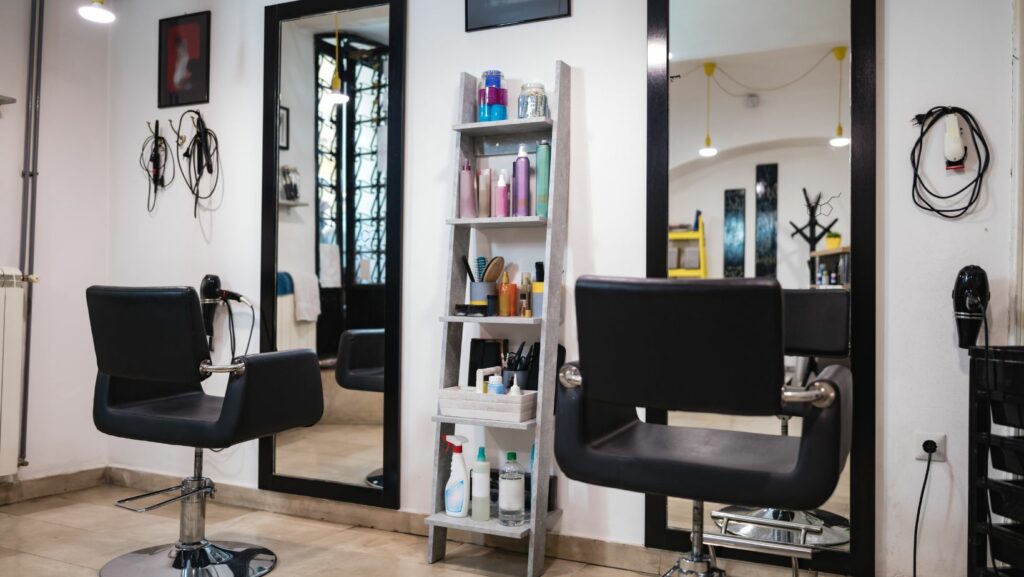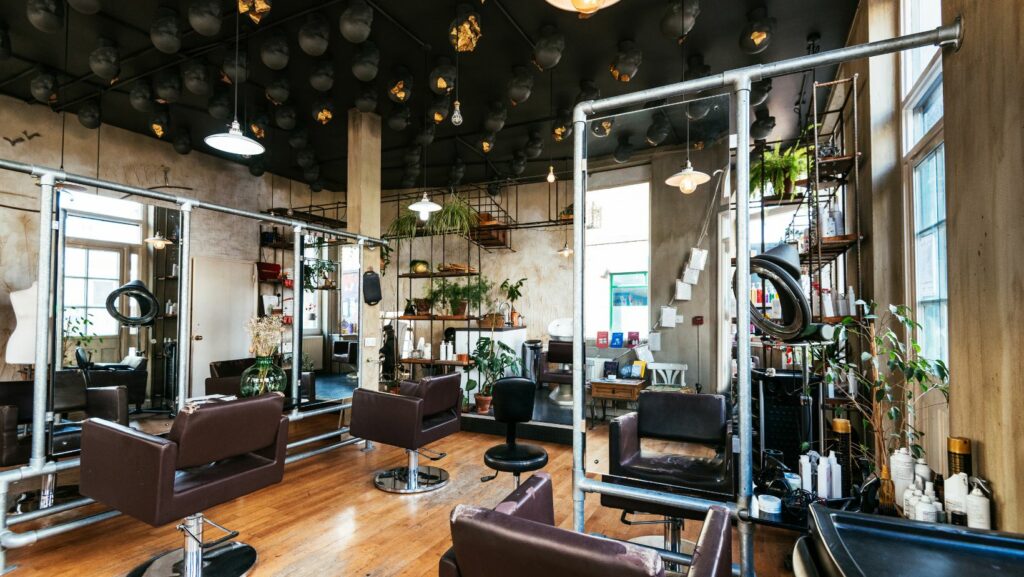Long waits can frustrate clients and put pressure on staff, but they don’t have to be part of the salon experience. Salons can reduce wait times without lowering service quality by improving scheduling, streamlining workflows, and managing staff more effectively. A smooth system not only keeps clients happy but also allows stylists to focus on delivering the best results.
The key lies in balancing speed with care. Clients value both efficiency and quality, so the right approach must address both. Smart booking tools, clear communication, and well-planned staffing help prevent delays while keeping services consistent.
By adopting practical strategies that save time and remove common bottlenecks, salons create an environment where clients feel valued and staff stay productive. This balance sets the stage for stronger customer satisfaction and long-term business growth.
Key Strategies to Reduce Wait Times in Salons
Salons can cut down delays by improving scheduling practices, using tools that organize client flow, automating routine tasks, and keeping customers informed in real time. These steps help maintain smooth operations while protecting the quality of service.
Optimizing Appointment Scheduling
Efficient scheduling prevents bottlenecks and keeps staff workloads balanced. A well-structured calendar reduces overlaps, avoids long gaps, and matches service times with client needs. Staff can also prepare in advance if they know the service length and any add-ons ahead of time.
Using hair salon computer software allows clients to book online, receive reminders, and make changes without calling the salon. Automated systems prevent double-bookings and give managers a clear view of daily capacity. This reduces no-shows and late arrivals, which often create unnecessary delays.
Salons should also review booking data to identify peak hours. By adjusting staff schedules to match demand, they can serve more clients without rushing services.
Implementing Queue Management Systems
Queue management helps salons organize client flow in a fair and structured way. A digital system can track who is next, estimate wait times, and notify clients when their turn is approaching. This reduces confusion at the front desk and creates a smoother experience.
Instead of relying on paper lists or verbal updates, software-based systems give staff and clients clear visibility. They also allow managers to spot bottlenecks quickly and reassign tasks if needed.
For example, a stylist may finish early and take the next client without delay. This flexibility keeps the line moving and prevents long idle periods.
Leveraging Self-Service and Automation
Automation reduces manual tasks that slow down service. Online check-in, digital consent forms, and pre-payment options help clients complete steps before arrival. This means stylists can focus on their work instead of paperwork.
Self-service kiosks or mobile apps also allow clients to confirm appointments, update details, or select add-ons before the visit. By handling these steps in advance, staff save time during the appointment itself.
Automated reminders by text or email further reduce missed appointments. Fewer no-shows mean fewer unexpected gaps that disrupt the schedule.
Improving Communication of Wait Times
Clear communication reduces frustration even if delays happen. Clients appreciate knowing how long they will wait and why. A front desk update, text notification, or display screen can set realistic expectations.
Transparency builds trust. If a stylist runs behind, letting clients know upfront makes the delay easier to accept. It also gives them the choice to adjust their plans instead of sitting in uncertainty.

Simple tools such as digital calendars or queue displays keep everyone informed. By staying proactive, salons create a more professional and respectful atmosphere.
Balancing Efficiency With Service Quality
Salons must reduce hold times without lowering the standard of customer service. This balance depends on improving the waiting experience, building staff skills, and tailoring service delivery to each client’s needs.
Improving Customer Experience During Waits
Clients often judge a salon not only by the haircut or treatment but also by how they feel during the wait. Small improvements to the waiting experience can raise overall customer satisfaction. Comfortable seating, clean surroundings, and access to refreshments help clients feel valued even before service begins.
Clear communication also matters. Staff should give accurate wait-time estimates and update clients if delays occur. This level of customer support prevents frustration and sets realistic expectations.
Offering small touches, such as digital check-ins or magazines, makes the wait feel shorter. Some salons also provide short consultations during hold times, which helps clients feel engaged rather than idle. These efforts create a smoother customer journey and reduce negative feelings tied to delays.
Training and Empowering Staff
Service providers play the biggest role in balancing speed with quality. Well-trained staff can complete tasks efficiently without cutting corners. Regular skill development helps stylists master faster techniques that still maintain high standards.
Managers should also assign clear roles to reduce wasted time. For example, assistants can handle hair washing or cleanup so stylists focus on core services. This division of labor shortens overall service delivery while keeping quality intact.
Empowered staff respond better to unexpected situations, such as walk-ins or late arrivals. With proper training, they can adapt schedules, manage client expectations, and maintain smooth operations. As a result, both customer experience and staff productivity improve.
Personalizing Service Delivery
Personalized service creates value that clients notice, even if wait times occur. By tailoring treatments to individual preferences, service providers show attention and care. This approach strengthens customer trust and increases satisfaction.
Technology can support this process. Digital booking systems allow staff to review client history before appointments, so they can prepare in advance. This reduces delays during the visit and makes the interaction more efficient.
Personalization also helps manage time better. For example, pre-selecting add-on services before the appointment avoids last-minute decisions that extend hold times. Clients appreciate the thoughtful preparation, and the salon benefits from smoother service delivery.
Conclusion
Salons can reduce wait times without lowering service quality by combining smart scheduling, clear communication, and efficient use of staff. Simple adjustments such as assigning tasks wisely and planning peak hours carefully make a noticeable difference.

Technology also plays a key role. Digital booking systems, reminders, and clear time estimates help set accurate expectations and keep appointments on track.
Finally, small changes in workflow and space setup improve speed while keeping the experience comfortable for clients. By applying these strategies, salons serve more clients smoothly while maintaining the level of care customers expect.

